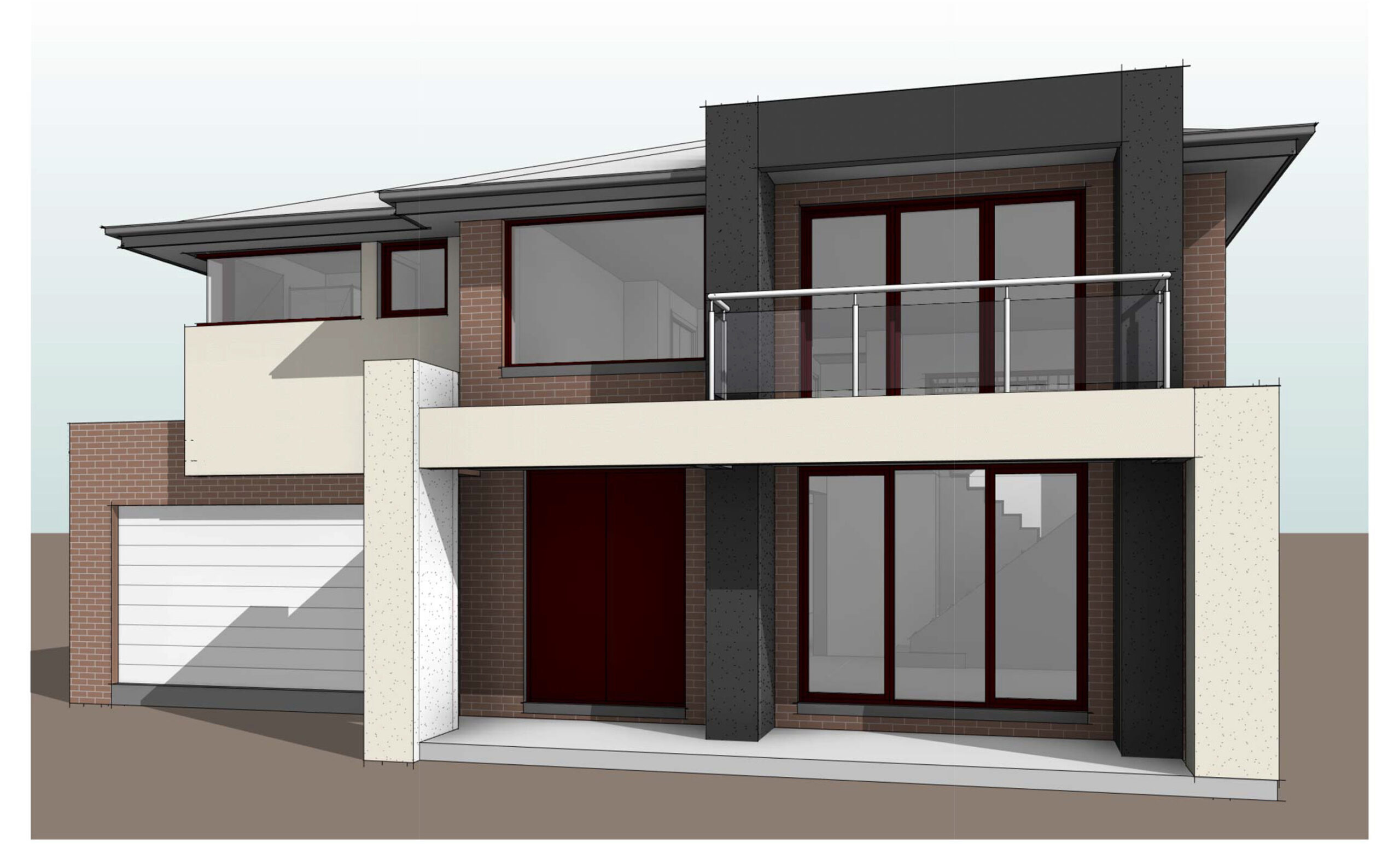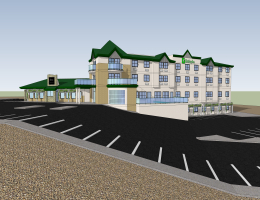SIGNIFICANCE OF COLOR IN ARCHITECTURAL DESIGN AND DRAFTING FIELD
Posted on : Nov 02, 2020
In the field of the AEC industry, colors play a crucial role and hold a significant place in the architectural design and drafting process. These experts consider color as an essential element that transforms spaces into the utmost creativity and improves overall building quality. Thus color breaks the monotony and distinguishes between different elements like the sun is blue, the grass is green, etc. Color is considered a visual sensation that has the power to transform the entire mood/effects, space quality in instant. These colors play an essential role in creating splendid interiors and breathtaking buildings etc. Below mentioned are some of the reasons which describe colors and their crucial role in the architectural design and drafting industry:-
A) Makes visual illusion-Researches have proved that any lighter colors/shades help in creating smaller spaces emerge out bigger than in actuality. The same applies to darker shades/brighter hues makes spaces look smaller than in realism. Thus architectural design drafters also believe that any build spaces can be altered /changed as per visual illusion using different hues and shades.
B) Reflects the personality of the users-Colors plays an essential role in understanding clients’ personalities and architectural design drafters can very well understand the persona of their clients on the spaces/structure. Generally, vibrant colors are used by lively and dashing personalities, while ordinary/neutral colors are used by sober personalities.
C) Developing visual illusionary-In this field of building interiors and exteriors spaces, colors can do wonders by experimenting with different shades. For e.g. Bright colors bring more feel of flashy spaces like orange/red and give a feel of lively and happy feeling. While the use of white shades will create an feel of serenity. And green/blue color will give a feeling of peace and calmness.
Thus architectural design drafters help in creating innovation in the use of colors which helps in making building exterior and the interior more appealing and engaging. By using different shades and hues, designers can easily reflect the client’s personality through it.





